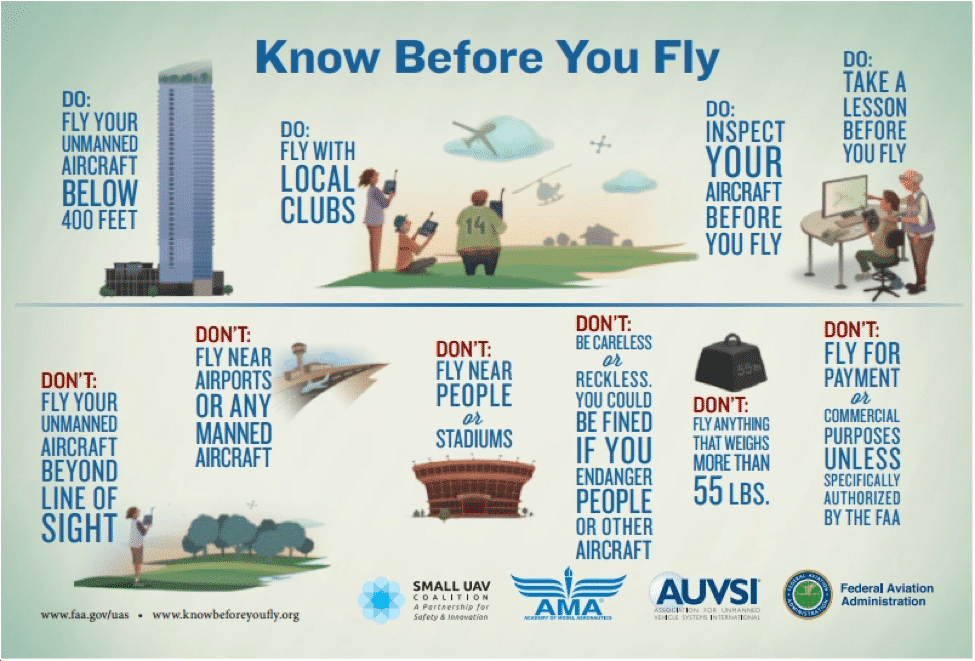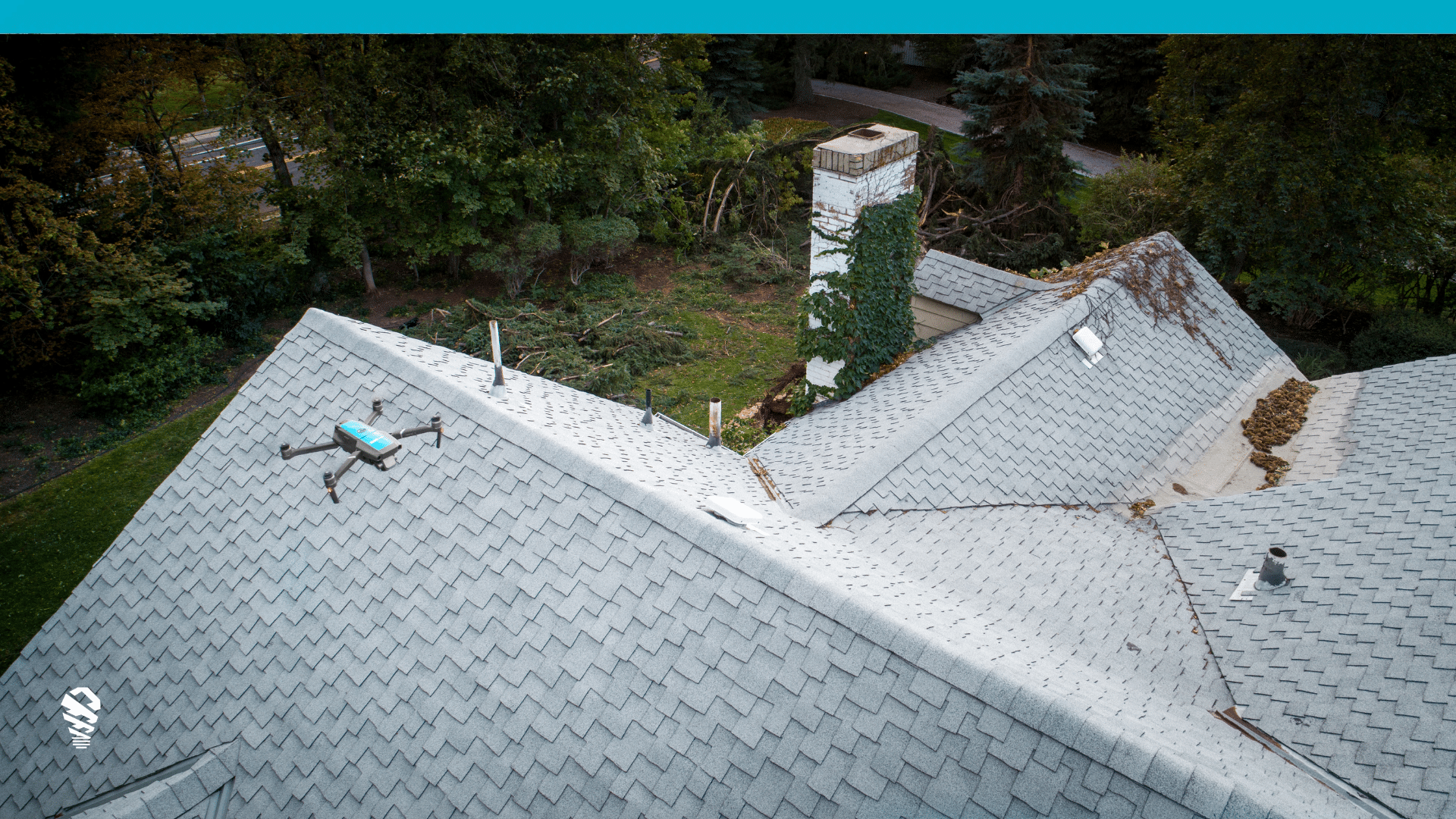If you flipped on the news in the last few weeks, you’ve likely seen plenty of stories of people misusing drones—either intentionally or not—whether it’s for trying to fly contraband into a prison with a drone, or someone messing up rescue efforts after flying a drone a little too close to helicopters.
While some of people simply aren’t interested in observing laws or safety, most people just want to fly drones the safe and legal way, and it’s actually quite easy. Whether you’re a hobbyist who wants to fly for fun or someone looking to getting into flying commercial real estate or insurance drones, you’ll want to make sure you do all of the following before you take to the skies.
Familiarize Yourself with Your Gear
Flying drones is pretty easy, which is part of the reason why it’s so fun. If you can play a video game, you can probably fly a drone. But because drones are so easy to fly, it’s easy for a novice to forget that things can go wrong. High winds, poor weather, low batteries, and other issues can lead to drone accidents. Before you fly a drone, it’s wise to spend plenty of time manually flying it familiarize yourself with how it flies, what its capabilities are, and what you need to do should something go wrong. Most drones come with a manual featuring plenty of information about what the drone can do, and how best to go about flying it and managing emergency situations, so be sure to review those materials as well as practice flying in an open field while you build skills.
Understand the Laws
The Federal Aviation Administration (FAA) governs both recreational and commercial drone usage in the United States. Whether you’re flying for fun or work, the FAA requires that you observe right of ways, inspect your aircraft regularly, keep your drone within your visual line of site (VLOS), and fly your drone below 400 ft. Additionally, if you’re flying a drone that weighs more than half a pound, you must register your drone with the FAA. The simple process takes about five minutes. Below are other dos and don’ts directly from the FAA.
Get Your Remote Airman Certificate
If you’re flying commercially, you’ll need a remote airman certificate to be compliant with FAA regulations. If you’re flying recreationally, you don’t need one, but might benefit from the knowledge you get. In order to get your certificate, you’ll need to pass a test that will cover Part 107 regulations as well as various aeronautical terms, weather patterns, protocols, and more. While it might sound daunting, the process is quite simple with the right training resources. UAV Coach, for example, provides simple courses for getting you from the ground to the sky with ease.
Use Your Head
The best advice we have for a safe compliant drone flight is to keep your cool, and focus on the drone at all times. Keep it well within range of your controller (and your visual line of site as required by the FAA), and use common sense to avoid obstacles, people, and other aircraft that might collide with it. With a little know-how and some practice, you’ll be safe, fully compliant, and much more confident behind the sticks of your drone.





![How to Measure a Roof With a Drone [Updated April 2023]](https://www.lovelandinnovations.com/wp-content/uploads/2024/04/How-to-Measure-a-Roof-With-a-Drone-Updated-April-2023.png)


